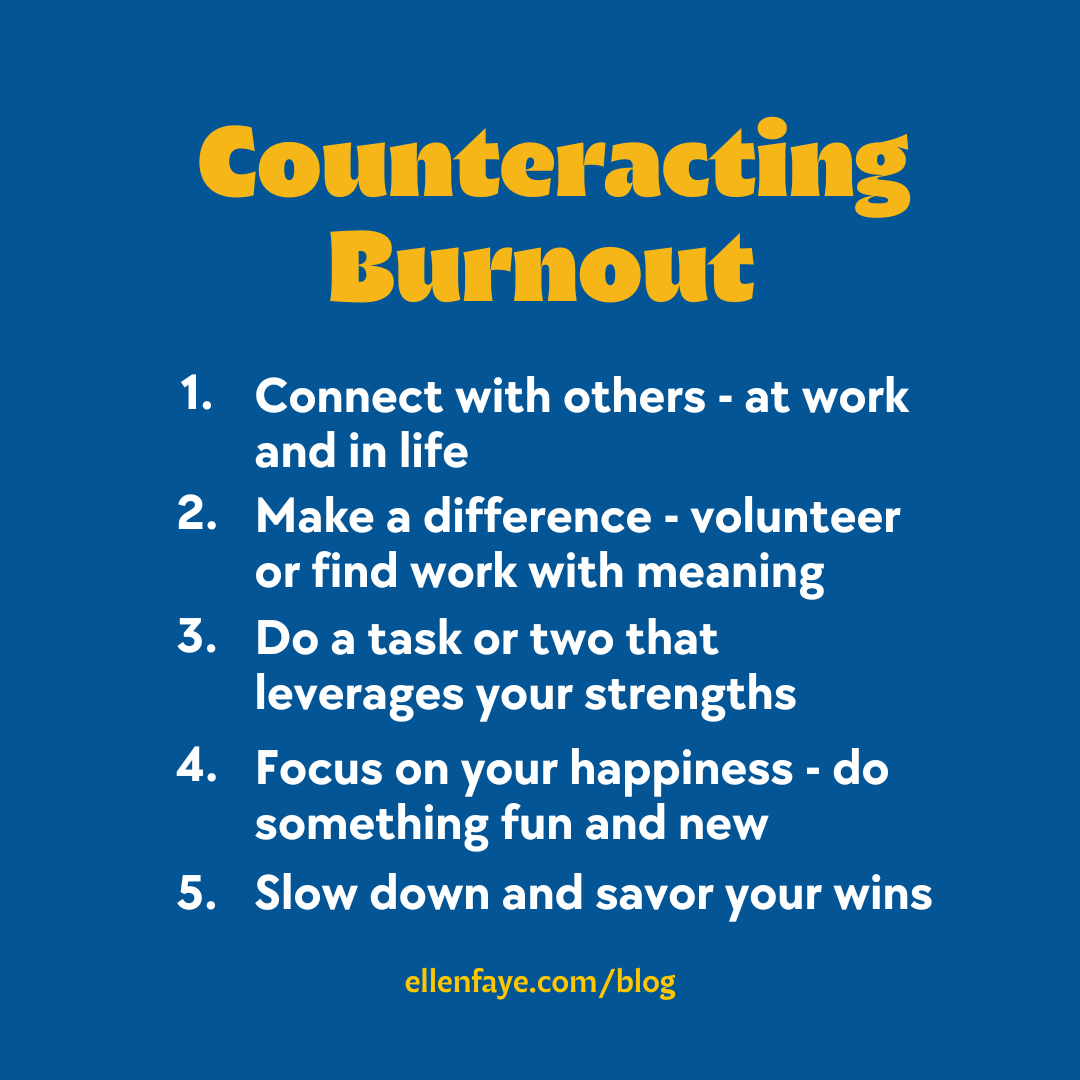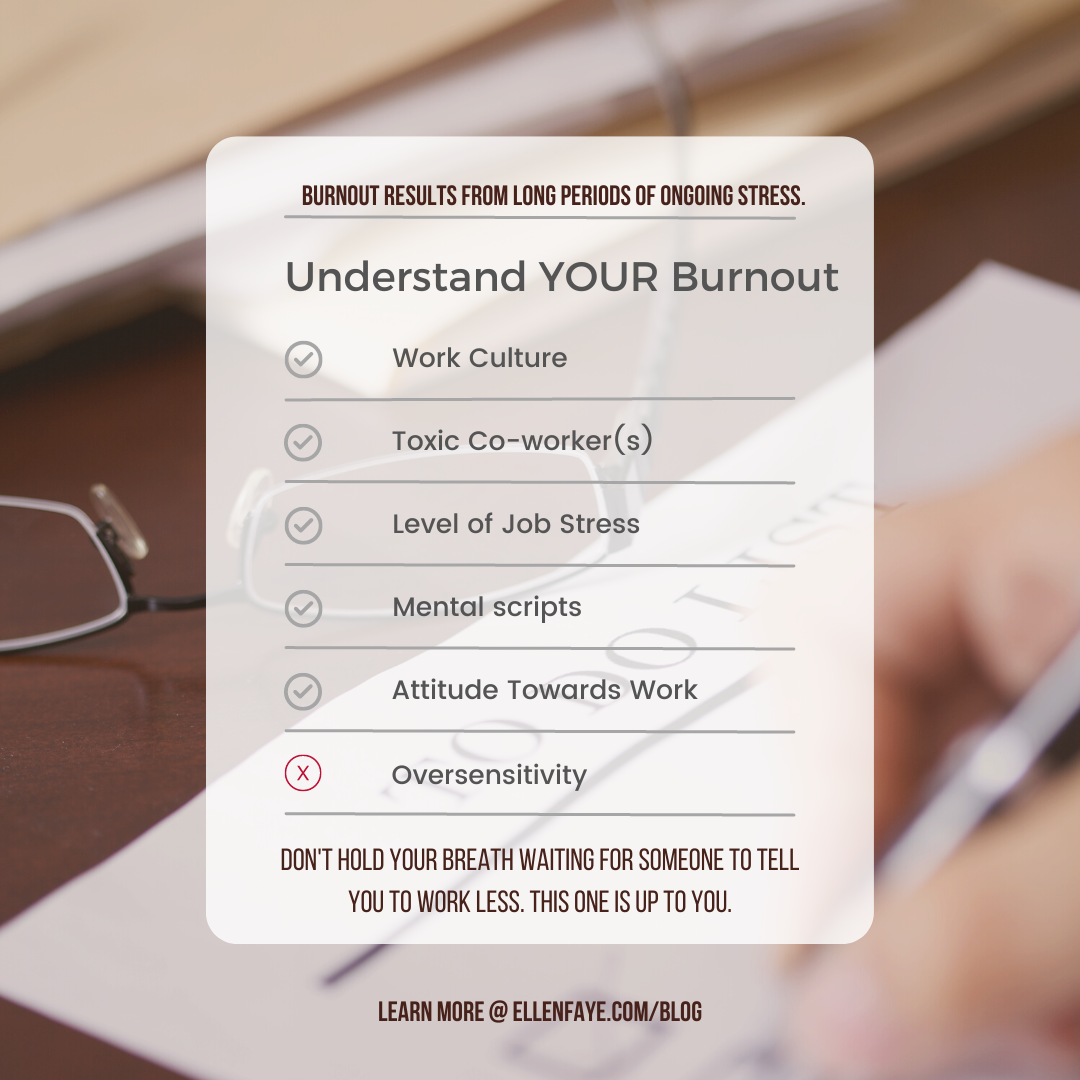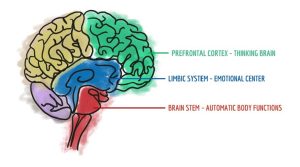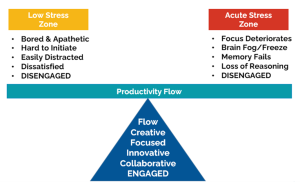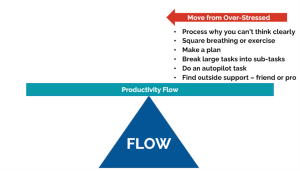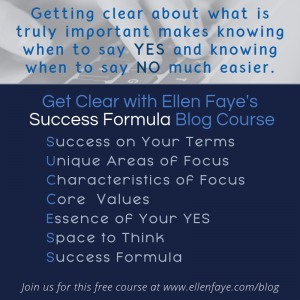19 Mar The Right Way To Use Notifications
Pings are everywhere. They permeate our workdays and our time off. Interruptions are meant to be disruptive, yet people can’t seem to remember to turn off their audible beeps before going on national television or walking into an important meeting.
Each time you get a ping, you are also getting a dopamine infusion to your brain. You are addicting yourself to interruptions. Those pings however, are undermining your productivity. That ping is costing you time. Research indicates when you are interrupted, it can take up to 20 minutes for your brain to get back up to speed for the task you were originally working on. In addition to the time cost, that notification could also be affecting your health. In a fascinating study from UC-Irvine, research showed that frequent workplace interruptions cause greater levels of stress and frustration.
I frequently observe clients simply ignoring their dings, pings, and pop-ups. Instead of improving productivity, they are reducing it by giving the user a false sense of security.
If notifications cost time and cause stress, and if we set them to cue us to move into action and then ignore them, resulting in missing an important action or deadline, those pings really are doing more harm than good.
Are notifications useless? Absolutely not. The question we should be asking is how do we use them to support us?
Use Notifications Prudently and Intentionally
Prudently
- Start by turning ALL your notifications OFF. All of them. On your phone, your computer, your watch, your laptop, your tablet, everywhere. (Think zero-based budgeting!)
- Then ask yourself — which top three sounds really matter? Go back and turn those three on. Turning everything off and then selectively turning some back on will yield excellent results.
- If you have a Smart Watch, take it a step further and always keep your phone on silent. You can set your watch to vibrate for important notifications.
Intentionally
- Used intentionally, timers and pings can help. Too many pings and you just ignore them. When they occur infrequently, they catch our attention and can support us.
- Pings can:
- Cue us to move into action such as check for an important email response, switch tasks, prep for a meeting, start finishing up a project.
- Cue us to leave or get ready to leave.
- Cue us to take a break as a motivator to continue working on a hard project.
- Cue us an ending time is coming.
- Cue us to be aware of how much time is passing.
Turning off automatic notifications and instead setting intentional reminders is much more efficient. Experiment with the following timer techniques:
- Voice-activated personal assistants like Siri, Alexa, Cortana, and Google Assistant are easy. “Hey Siri, 10-minute timer” and you’re cued.
- Browser – type “10–minute timer” into your browser search bar and you’ll get a ping in 10 minutes.
- Smart Watch and Smart Phone Timer – Whether via an app, voice activated, or by “complications” on your watch, timers are quickly set.
- Time Timer® – An analog clock shows the passage of time through a patented red disk. As time elapses, the red disk disappears, helping create awareness around the passing of time. This is helpful for phone calls, meetings, and Focus Work. It is marketed to the ADHD community; however, I have seen it help busy people without ADHD equally well.
- Any timer that doesn’t automatically turn off – When it really matters, set a timer that requires you to get up out of your chair and walk across the room to turn it off. If you have a strong need to “just finish this one thing,” find a timer that doesn’t automatically turn off. If you work from home, try your stove timer. If you are in the office, try an old-fashioned alarm clock and place it across the room.
- The Pomodoro Technique is based on using timers to help sequence your work. Think interval training for your work. Coined “Pomodoro” by Francesco Cirillo in the late 1980s, the technique uses a timer to designate work and break times. (It’s called Pomodoro, Italian for tomato, since Cirillo used a tomato-shaped kitchen timer to cue himself into action).
- The original Pomodoro Technique suggests you work 25 minutes, take a 5-minute break, and repeat 4 times. After the 5th 25-minute work interval you take a 25-minute break.
- Many of my clients, however, don’t find the 5-minute break long enough. This is another great opportunity to experiment.
- Do you want a 10-minute break? Try 50 minutes on and 10 minutes off.
- Do you prefer working to a logical stopping point? What if you’re in flow and don’t want to stop at all? Try setting the timer anyway. It can be motivating to know a break is coming even if you don’t take it.
- There are numerous apps available for you to try the Pomodoro Technique. Experiment to help you determine your best work time and break time combination.
Timers and notifications can boost your productivity if you use them prudently and intentionally. Experiment with these suggestions and watch how much more you get done.
This is an excerpt from Chapter 11 of my new book Productivity for How You’re Wired available on Amazon. Many templates are included via the time tools link discussed in the book.





